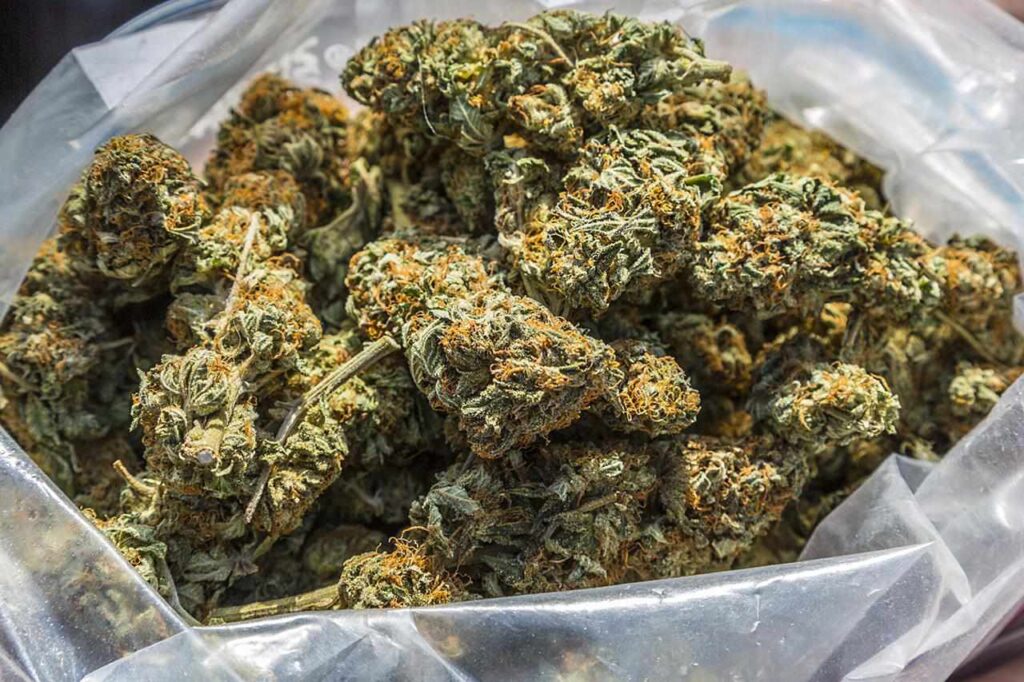Weed in Badiyah: A Look into the Region’s Growing Trend

The Badiyah, a desert region in the eastern part of the Arabian Peninsula, is not only famous for its vast stretches of sand dunes and historical significance, but it is also witnessing an intriguing, albeit controversial, phenomenon. Over the past few years, the cultivation and consumption of weed (cannabis) in the Badiyah have been rising, and this shift has caught the attention of both local authorities and global observers alike. But what is driving this trend, and how does it fit into the region’s historical and cultural landscape.
The Rise of Weed in the Badiyah
Historically, the Badiyah has been home to nomadic Bedouin tribes, who have long relied on traditional livelihoods like herding, agriculture, and trade. The harsh desert climate has often limited agricultural production to a few staple crops.
One reason behind this shift is the increasing demand for cannabis both within the Gulf region and abroad. The appeal of cannabis is clear—relatively low-cost production, high demand, and lucrative profits.
Environmental and Economic Factors
The Badiyah’s desert climate, with its intense heat and minimal rainfall, presents significant challenges for traditional agriculture. In a region where water resources are limited, this characteristic has made cannabis cultivation an appealing alternative.
Economically, the growing cannabis market presents an opportunity for local farmers to diversify their income. The cannabis plant’s versatility—being used for medicinal, recreational, and even industrial purposes—adds to its appeal.
Social and Cultural Considerations
While the rise of cannabis cultivation in the Badiyah may seem like a pragmatic solution to economic challenges, it also raises important questions about social and cultural norms.
For some in the Badiyah, cannabis cultivation represents a means of survival and adaptation to a changing world. One reason behind this shift is the increasing demand for cannabis both within the Gulf region and abroad.
Moreover, the influence of global culture—especially from Western countries where cannabis legalization has gained traction—has begun to seep into the Badiyah.
Legal and Political Implications Weed in Badiyah
The rise of cannabis cultivation in the Badiyah also has significant legal and political implications. Governments in the region are facing the challenge of balancing law enforcement with the economic realities on the ground. One reason behind this shift is the increasing demand for cannabis both within the Gulf region and abroad.
There is also the question of how neighboring countries will respond. In some parts of the world, cannabis production and consumption have already been decriminalized or legalized, and the economic benefits of this shift are evident.
Conclusion
Weed cultivation in the Badiyah is a complex and multifaceted issue. As the world changes and global demand for cannabis continues to rise, the Badiyah may find itself at a crossroads. It is clear, however, that the trend is worth watching as it unfolds in the heart of the Arabian desert.
You’re the best when it comes to marijuana products , always taking care of me. Definitely recommending you to my friends. Thanks for the quick delivery .Really happy with the product .As usual, it’s top-notch. Keep it up you. you can contact them on email Scenthub43@gmail.com and also there Telegram : https://t.me/Scenthub43
wow Thanks for the referral they have great service and got the best weed around. and the delivery is so smooth

Thanks for always being reliable! I can always count on you for good product.
You’re the go-to in the area for a reason. Always a smooth experience